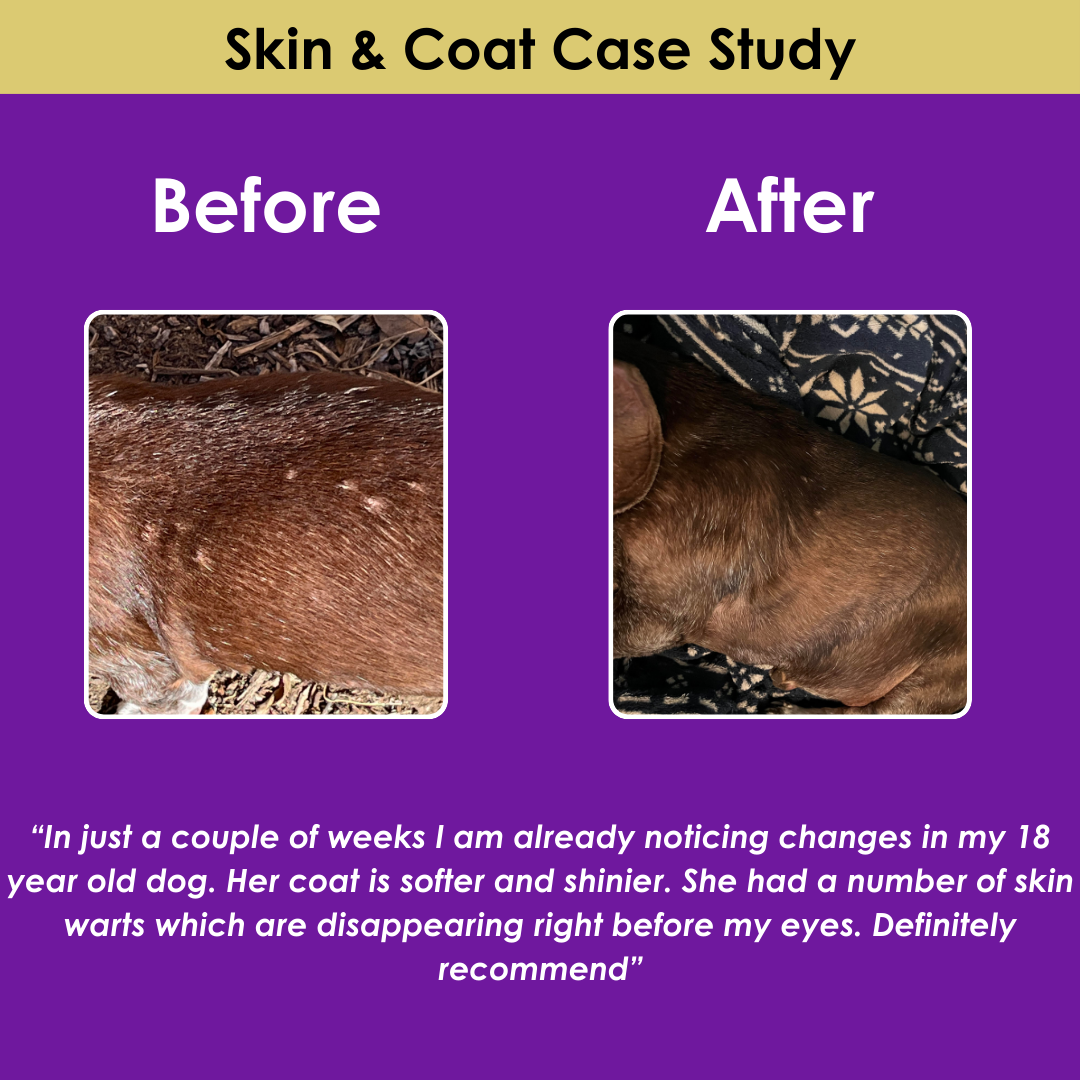The Top Springtime Pest Threats
Hey Dog Longevity friends! Spring walks can be a delight, but they also bring a surge in environmental pests that could pose risks to your dog's health and longevity. Beyond the usual suspects like fleas and ticks, there are other hazards like poison oak and certain insects that dog owners might not immediately consider. Let’s do an overview of the top threats to be aware of:
Ticks
Ticks are one of the most well-known springtime pests, thriving in warm, moist environments. They can transmit a variety of diseases to dogs, including Lyme disease, ehrlichiosis, and Rocky Mountain spotted fever, which can severely impact your dog's health and longevity. Regular use of tick prevention treatments and checking your dog for ticks after walks are crucial steps in protection.
Poison Oak
While poison oak primarily affects humans, dogs can also be impacted if they come into contact with these plants. The oils can cling to their fur and be transferred to their skin or to humans through touch. Although dogs may not show the allergic reaction humans do, they can still suffer from discomfort and potentially spread the irritant to their owners. Keeping your dog on trails and avoiding areas where poison oak is prevalent can help minimize these risks.
Stinging Insects
Bees, wasps, and hornets become more active in the spring and can pose risks to curious dogs who might disturb their nests. Stings can cause pain, swelling, and in some cases, allergic reactions that may require immediate veterinary attention. Teaching your dog to avoid these insects and monitoring outdoor areas for nests can help prevent these painful encounters.
Mosquitoes
Mosquitoes are not just a nuisance; they can carry heartworm disease, which is potentially fatal to dogs. The disease is preventable through medication, so ensuring your dog is up-to-date with their heartworm prevention is essential as mosquito activity increases in the spring.
Snakes
As temperatures rise, snakes come out of hibernation and can be encountered on spring walks, especially in wooded areas or near water. While not all snakes are venomous, those that are can pose a serious threat to your dog's life. Teaching your dog to stay close and avoid investigating underbrush and holes can help avoid snake bites.
Ants and Spiders
Certain ants and spiders emerge in the spring and can pose risks to dogs. Fire ants, found in warmer climates, can deliver painful bites and cause allergic reactions. Similarly, bites from venomous spiders such as black widows and brown recluses can be dangerous. Keeping an eye on your dog and avoiding known habitats of these pests can prevent bites.
Prevention and Protection
-
Regular Vet Visits: Ensure your dog is protected against fleas, ticks, and heartworm with appropriate medications.
-
Stay on Pathways: During walks, keep to the center of paths and away from dense underbrush or fallen logs where pests might hide.
-
Learn First Aid: Know the basics of pet first aid for bites and stings and have a kit ready.
-
Immediate Care: If your dog is bitten or stung, consult your vet immediately, especially if there's swelling, pain, or signs of an allergic reaction.
Spring brings the joy of warmer weather and the beauty of nature in bloom, but it also calls for increased vigilance against pests that can threaten our dogs' health and longevity. By being aware of these hazards and taking proactive steps to avoid them, you can ensure that your and your dog's spring adventures are safe and enjoyable.
























